Is 2012 going to be Hyundai’s year? The Korean manufacturer’s New Zealand distributor is certainly planning for that. And if the i40 wagon is anything to go by, it is mighty hard to disagree with them.
What is it?
A wagon version of Hyundai’s current mid-size entrant the i45, right?
Well… not really. You see, where the i45 was – rather obviously, given all the chrome and bling – designed for the American market, the i40 was designed for the European market. Designed IN Europe, in fact, hence its rather less blindingly flashy exterior and more driver-focussed chassis.
The i40 wagon is available in New Zealand with a choice of two four-cylinder engines (a 130kW/213Nm 2.0-litre petrol unit and a 100kW/320Nm 1.7-litre diesel) and three spec levels.
The base car is available with the petrol or diesel powerplant, with the diesel coming with a choice of either a six-speed manual or six-speed automatic transmission. The Elite is available with either engine, but only hooked up to the self-shifting transmission, while the Elite Limited is a diesel/auto proposition only.
What’s it like?
Less flashy than the i45 the exterior may be, but certainly not less attractive as the i40 would have to be easily the best looking Hyundai on the market in this country at the moment. In fact one could almost be tempted to go so far as to say it is even the best looking mid-size wagon, full stop. Styling IS subjective, and some of the detail around the grille is a wee bit too fussy and the LED daytime running lights are particularly wanky (even by extremely wanky standards already set in the LED DRL game…), but overall you would have to be a very hard judge of styling indeed to say that the i40 wagon was anything less than an extremely handsome car.
Inside the good looks continue with well laid-out, nicely put together interior. In the past the substance they call “leather” has never felt particularly convincing and, it has to be said, the same remains true here. Still, it’s sure not awful and while there is a lot of plastic present, the majority of it is of a decent quality and generally pleasant to touch.
There is a huge amount of space available in the i40 and not just in the impressive 553 litre boot (1719 with the rear seats folded down). There is a simply huge amount of leg room in the rear and shoulder room across the seats is also plentiful.
As expected, on the road the diesel-powered car is the star, with the compression ignition engine proving to be a strong, torquey performer. It does have a slight tendency to run out of breath higher up in the revs, but as long as you have another gear to go up to when passing, this is not really a significant issue.
While the diesel is the star, that isn’t to say that the petrol engine is particularly lacking. In fact, it too is an impressive performer, with a strong bottom end and a bit more room to move up in the revs. There was a slightly odd CVT-sounding drone that emanated from the petrol when pushed, but it wasn’t particularly annoying.
Throwing an i40 into a corner is a far more enjoyable prospect than doing the same thing in an i45. The wagon has a far more confident feel than the unsettled softness of the i45 and even a seriously large mid-corner bump failed to unsettle it. The ride is biased towards the firmer end of the spectrum, but is never anything less than comfortable.
The i40 turns in sharply and remains composed throughout, with very little indication that you are lugging a bit of extra weight courtesy of the wagon body out the back.
Probably the only real niggle with the i40’s handling comes with the steering; Hyundai never seem to really have got the hang of making a decent, solid steering rack. While feel is good, feedback is muted by the interference of the floppy, rattly steering rack, particularly through rougher surfaced corners.
It’s not a situation that is anywhere near as bad as it once was, but the fact that it is still present in such an otherwise accomplished and polished effort is just ever so slightly disappointing.
What’s good about it?
Quite a bit, really. It’s good looking, well equipped and economical (in either petrol or diesel guise). It goes well, stops well and feels good doing it.
In all, the i40 is a startlingly complete package. And it has a great stereo too!
What’s not so good?
Some of the interior plastics are still a bit cheap, the steering rack is still fractionally naff and rattly and the petrol engine sounds a bit odd? That’s about it really…
It will be interesting to spend a bit more time with the i40 wagon, as there was nothing glaringly awful that leaped out at us from the launch drive. Maybe some more mundane annoyances will appear when living with one for a week…
First impressions?
A very impressive effort from Hyundai. The European design is a winner and the powertrain is, in either diesel or petrol form, equally impressive.
While the Mazda6 currently rules the mid-size wagon segment, it is easily conceivable that the i40 will put it under heavy attack. Just the presence of a diesel engine in the line up alone should put pressure on the segment-leading Mazda. The fact that the Hyundai is also startlingly attractive, well equipped – even in base model guise – and a decent steer will only make its case even stronger.
Specifications
Models/prices
2.0 (auto) – $44,990
1.7 CRDi (man) – $47,490
1.7 CRDi (auto) – $48,990
2.0 Elite (auto) – $49,990
1.7 CRDi ELite (auto) – $53,990
1.7 CRDi Elite Limited (auto) – $59,990
Powertrain
2.0-litre four-cylinder petrol producing 130kW/213Nm or 1.7-litre four-cylinder diesel producing 100kW/320Nm; six-speed automatic transmission (six-speed manual available in entry-level diesel); front-wheel drive
Fuel consumption: 7.5L/100km (petrol/auto); 5.6L/100km (diesel/auto)
CO2 emissions: 176g/km (petrol/auto); 149g/km (diesel/auto)
Safety
ANCAP/EuroNCAP rating: 5 star
Air bags: 9
Stability control: Yes
Lap/diagonal belts: 5

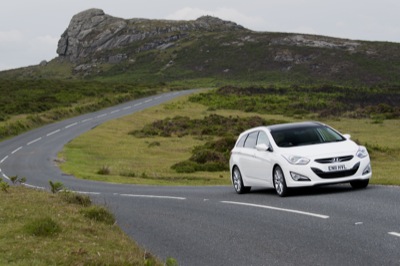
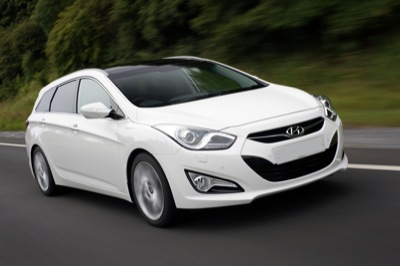
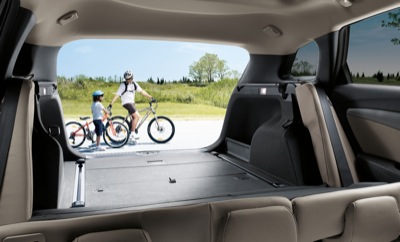
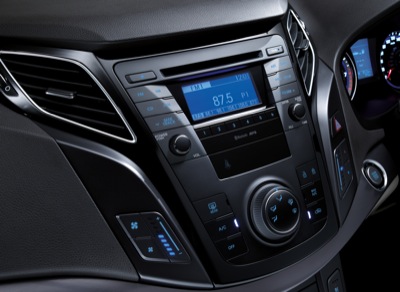

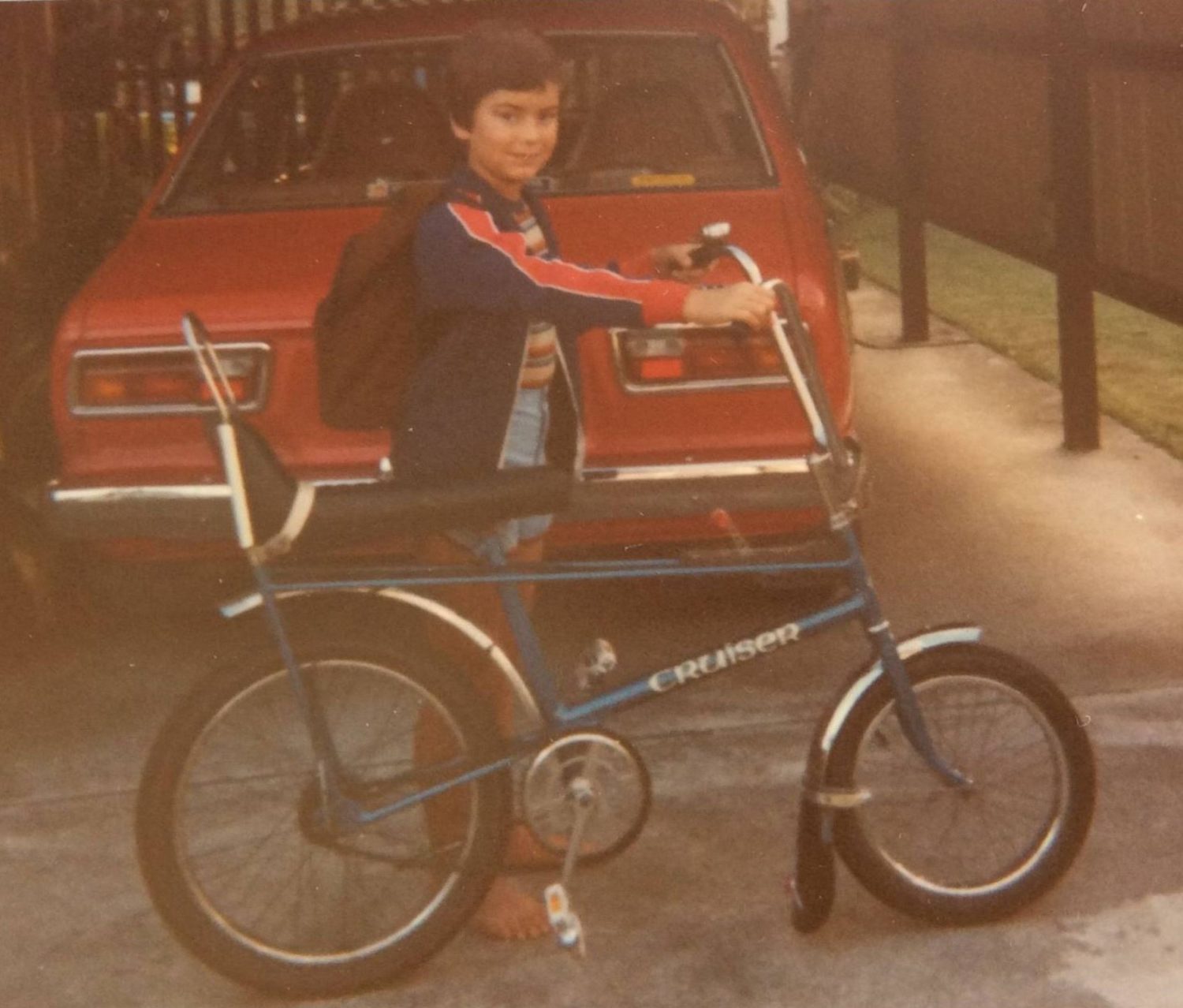
You must be logged in to post a comment.